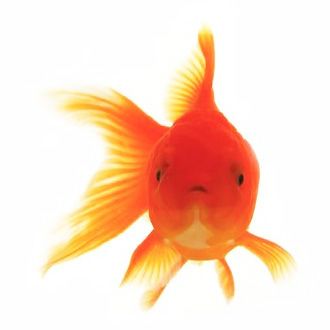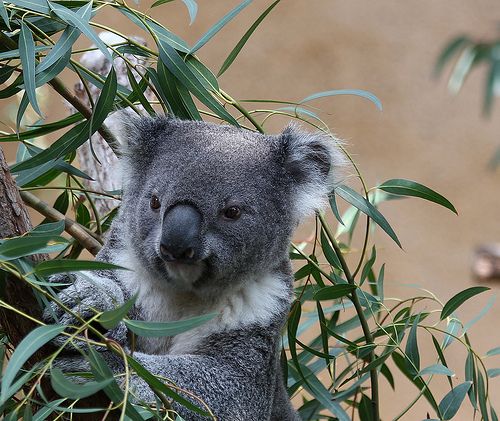Estelle Page is a blogger at www.gkbcinc.com, , and she’s on a mission to prove that everything we know about animals is a lie! Well, okay, just some of it...
This is Part Two of a post published June 6, 2012.
5 More Infamous Animal Myths
 |
| Image: AJ Cann |
The internet is swarming with so called ‘animal facts’ and it seems that there’s no shortage of misinformed animal lovers. This list sets out to reverse some of this bad work and set the record straight.
Read on for a few more daft suggestions that have been made about our animal friends.
1. Rats are ‘orrible and dirty
No, actually it all depends on the rat.
If the rat lives in a sewer, then yes, the rat is probably quite dirty. Generally speaking though, rats spend around 60% of their lives cleaning themselves. This means they only have 40% of their time to do other things, such as become dirty again.
2. Goldfish have a three second memory
One of my all time favourite incorrect animal myths is the memory capacity of a Goldfish.
In actual fact, Goldfish have quite good memories – they’ve proved they can be taught how to navigate a maze.
Sadly, many still have to live in a fish bowl with a miniature castle.
I’m not sure whose idea it was to associate Goldfish with underwater replicas of English middle aged fortifications, but it definitely seems to have caught on...
 |
| Image: Rennett Stowe |
Koalas are a type of marsupial, not a kind of bear.
They are furry like bears, but that’s where the similarities end. English settlers have been awarded the responsibility of awarding the koala bear its incorrect label.
But English settlers gave quite a few pretty peculiar names around this time so maybe it was a trend back then.
4. Worms will regenerate
This is the type of thing your primary school teacher tells you and you believe for life, and you’ll end up passing this (incorrect) vital information down to your children:
“If you cut a worm in half, then the two halves will regenerate and continue to live as two separate worms.”
This is just not true.
Earthworms are biologically complex like other species. They have all the internal body systems that make up most other living organisms i.e. brains, digestive systems....the lot.
You wouldn’t cut a dolphin in half to see if it survived, would you?
My suggestions is to use the appropriate pest control supplies UK instead of waging war on the garden critters by punishing them through death.
You might also be interested to learn that a mole survives on a diet of only earthworms, so you could already have some help there if moles are a garden feature of yours.
Unless it’s the pesky moles that are the problem, in which case you might want to save the worms and invest in some sonic mole repeller instead.
 |
|
Image: Suwaif
|
5. Camels store water in their humps
Let’s get this straight - a camel is not a live, walking hip flask.
A camel’s hump contains fat reserves providing the animal with the same amount of energy as three weeks of food do, so they’re more like packet lunch boxes than water bottles.
For animals, desert survival is about the preservation of water and nutrients within their bodies rather than actual storage for when they get a bit bored.
So, there you have your 5 more animal myths blown out of the water.
Your task is now to find some more to add to my list...



2 comments:
Thanks for publishing my blog :) I had no idea until I started researching to write it that camels stored fat in their humps, I've ALWAYS assumed it was water!
It's a great article & I'm happy we were able to share it with our readers.
Post a Comment